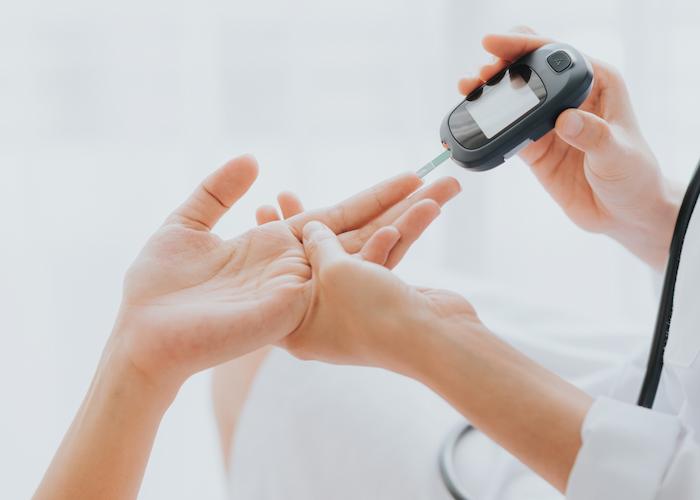High Glycemia: What It Is, Causes, Symptoms, How to Measure It
High blood glucose is a health problem that affects an increasing number of people around the world. Also known as hyperglycemia, this condition occurs when the blood sugar level is elevated, which can have serious health consequences, especially when not treated properly.
Although high blood glucose is more common in people with diabetes, anyone can be affected by it. Hyperglycemia can cause long-term damage to blood vessels and organs in the body, increasing the risk of cardiovascular disease, kidney failure and other serious conditions.
If you are interested in knowing more about high blood glucose, we invite you to read our full article on the subject. In it, you will find detailed information about the disease, as well as practical tips to prevent and control your blood sugar levels!
What is high blood glucose?
High blood glucose, also known as hyperglycemia, is a condition in which blood sugar levels are high. Normally, the body regulates the amount of glucose in the blood with the help of the hormone insulin, produced by the pancreas. However, when the body does not produce enough insulin or cannot use it properly, blood sugar levels can increase, resulting in hyperglycemia.

Fortunately, there are many ways to prevent and treat high blood glucose, including dietary and lifestyle changes, medication, and other therapies. If you are concerned about your blood sugar levels, it is important to seek medical advice and take steps to manage your health effectively.
Read too:
– What is Diabetes: Types, Symptoms, Treatment
– Apps to measure glucose
What is the dangerous level of glucose?
The dangerous level of glucose in the blood can vary according to each person’s age, medical history and other factors. However, in general, the American Diabetes Association (ADA) defines the following blood glucose levels as dangerous:
- Fasting glucose equal to or greater than 126 mg/dL (milligrams per deciliter);
- Random glucose equal to or greater than 200 mg/dL, accompanied by symptoms of hyperglycemia;
- Glucose after ingestion of a defined amount of carbohydrates, equal to or greater than 200 mg/dL after 2 hours.
Therefore, it is important to regularly monitor blood glucose levels and seek medical help if they are persistently elevated.
What are the symptoms when glucose is high?
When blood glucose is high, also known as hyperglycemia, the following symptoms are common:
- Excessive thirst;
- Increased urination;
- Fatigue;
- Blurry vision;
- Wounds that take time to heal.
It is important to remember that not everyone with hyperglycemia has symptoms, especially in the early stages. Therefore, it is important to monitor your blood sugar levels regularly, especially if you have a family history of diabetes or if you have other risk factors.
What can cause high blood glucose?
Increased blood glucose, or hyperglycemia, can be caused by several factors, such as:
- Diabetes
- inadequate food
- Sedentary lifestyle
- Stress
- medication use
- Health problems
It is important to remember that each person is unique and the factors that contribute to hyperglycemia can vary. Therefore, it is important to regularly monitor blood sugar levels and seek medical advice if there is concern about blood sugar regulation.
What should I eat to lower glucose?
To lower blood glucose, it’s important to eat a balanced, healthy diet that includes a variety of nutritious, high-fiber foods. Some foods that can help lower blood glucose include:
- leafy vegetables;
- Fruits with a low glycemic index;
- Whole grains;
- Lean proteins;
- Healthy fats.
How to measure blood glucose?
The measurement of blood glucose is done using a device called a glucometer, which uses a small sample of blood to measure the level of sugar in the blood. There are two types of blood glucose measurement: fasting blood glucose and postprandial blood glucose.
For fasting blood glucose, the patient must not eat or drink anything except water for at least 8 hours before the test. The examination is usually carried out in the morning, before breakfast. As for postprandial blood glucose, the measurement is taken about two hours after a meal. The process is similar to fasting blood glucose, but the blood sample is collected two hours after the start of the meal.
It is important to remember that blood glucose measurement should be performed according to medical recommendation and at specific times of the day. In addition, the measurement results must be interpreted by the physician so that the necessary measures can be taken according to the clinical situation of each patient.
Content available in other languages:



Deixe um comentário